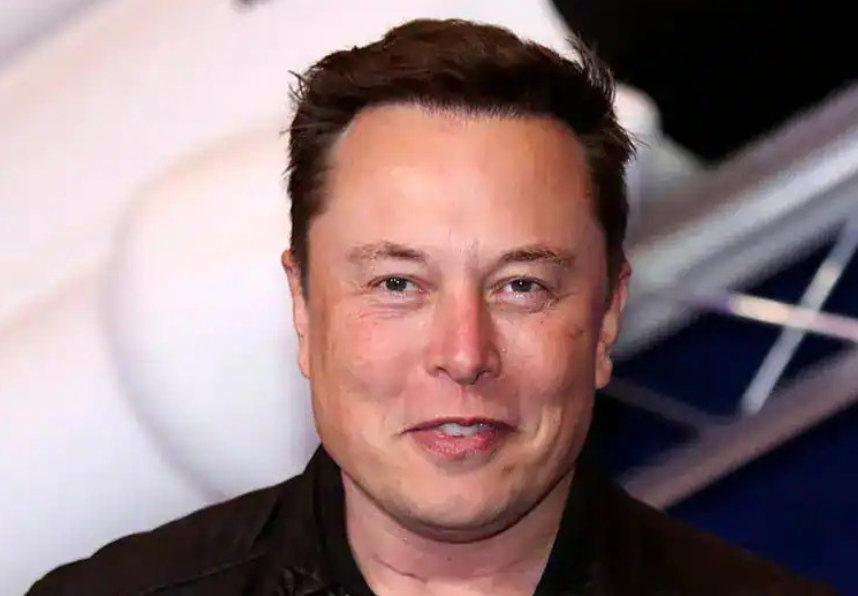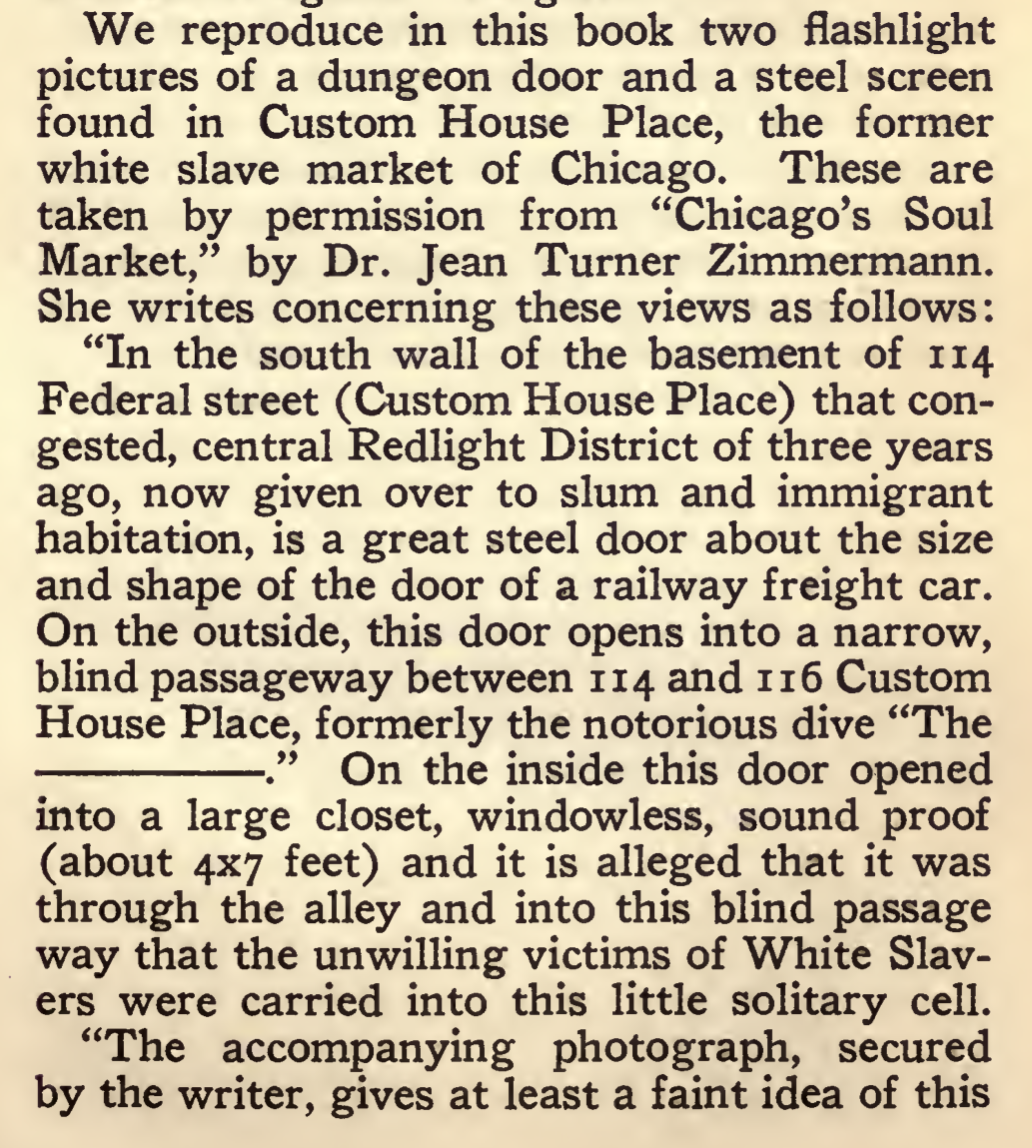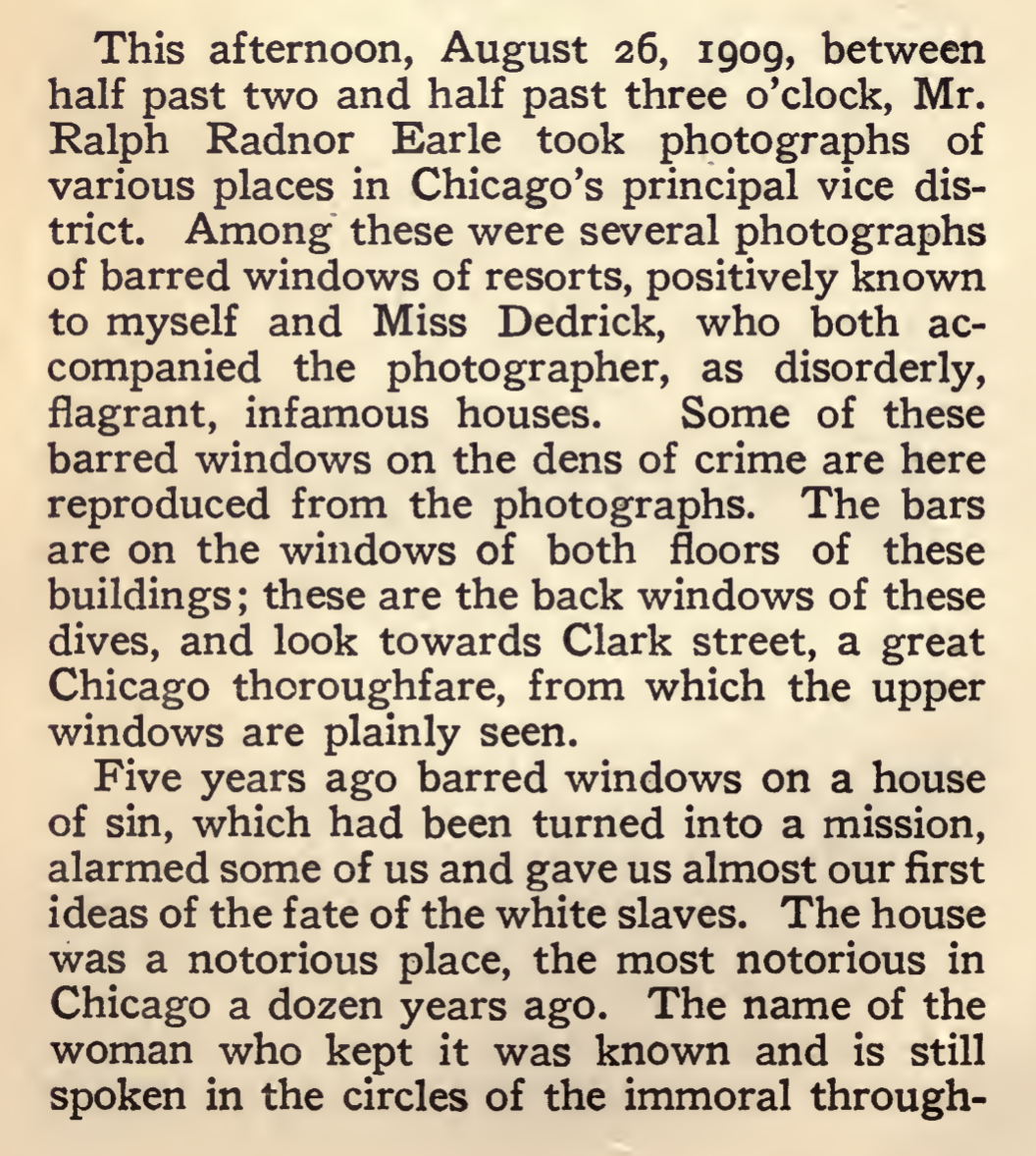
In this thread, I'm going to present a collection songs, comics, and advertisements showing how no one really cared or worried about a #measles infection before the vaccine came out. 
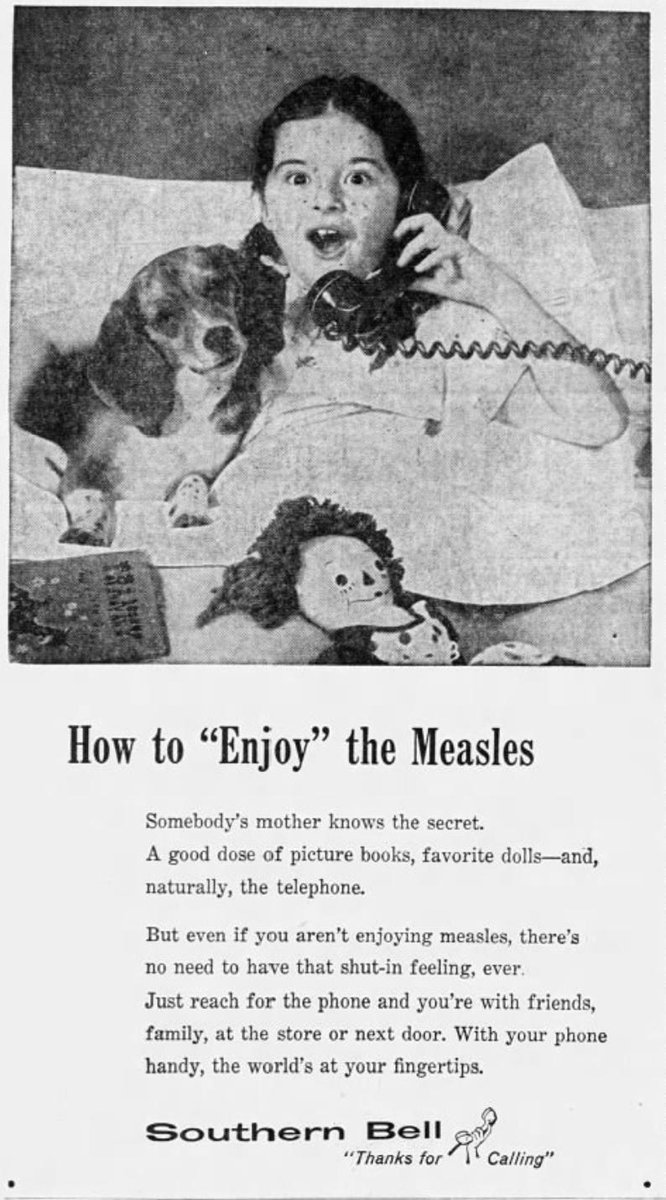
This doll let girls simulate measles or chickenpox infections. Strange they would do that for a disease that people were so terrified of. Were they just ignorant? 

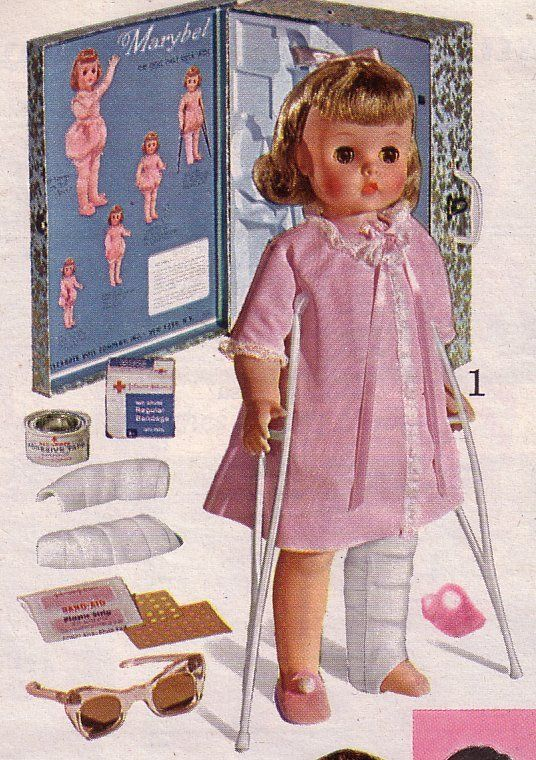

Here's a cute song sung by Cab Calloway's daughter, Lael, about her measles infection right at Christmas. She wasn't worried about measles but Santa NOT visiting her—that is, unless he had already had #measles.
They knew it conferred a lifetime of immunity, unlike vaccines.
They knew it conferred a lifetime of immunity, unlike vaccines.
Cartoons frequently used these childhood illnesses as comic fodder. In this strip, Virgil says he wants to go visit his "enemies." Why? Because he has a measles infection. Infecting someone with #measles was treated almost like a prank, a joke to play on someone. Strange! 
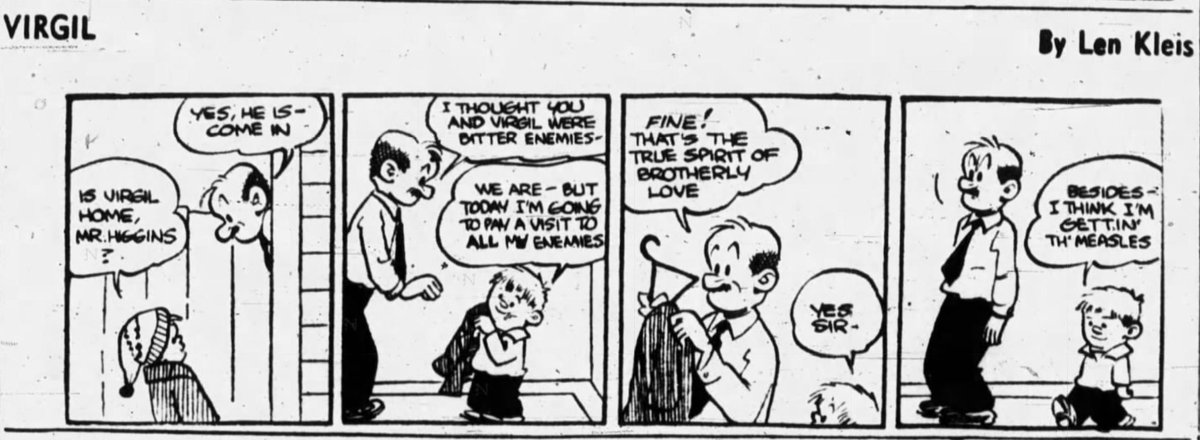
In this "Mugs and Skeeter" comic strip, they make light of nearly every trivial childhood illness. Does it look like they were terrified of a #measles infection?
Ask yourself, why are we more afraid now that we have a vaccine for it?
Ask yourself, why are we more afraid now that we have a vaccine for it?
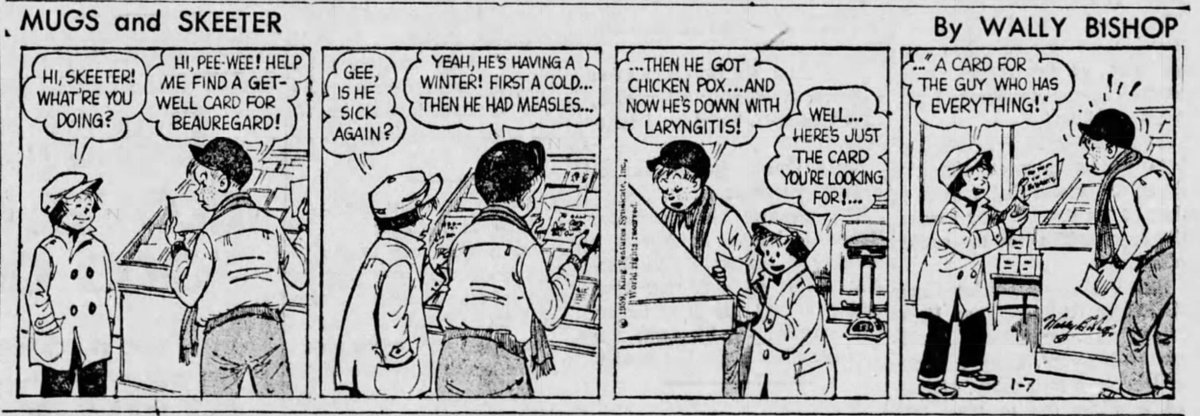
Two children reminisce about their school pictures with spots all over their face. So terrified of #measles back then! 

Measles was often more lamented for the quarantine it warranted than any effects from the illness itself. 
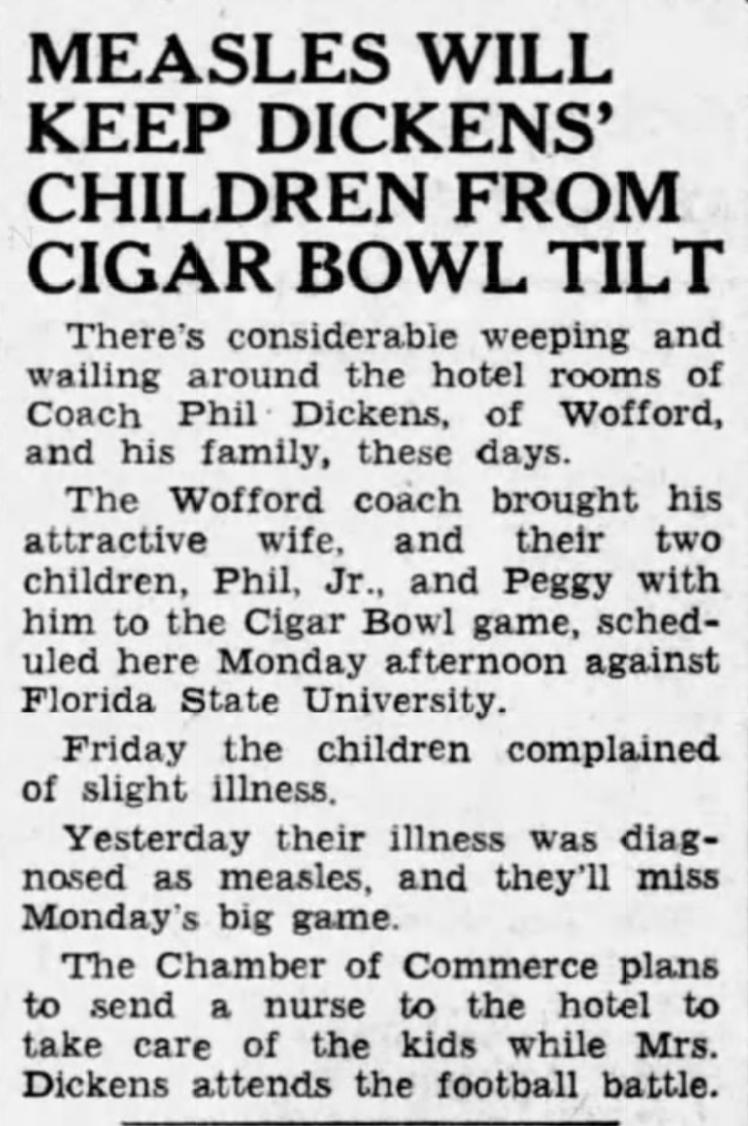
Measles was even credited with saving a boy's life. Not only were these people not afraid of #measles, they purposefully infected their child with it.
The potential of immunotherapy is just now being recognized.
The potential of immunotherapy is just now being recognized.

Here's a frame from the infamous Brady Bunch Measles episode. This isn't a vaccine chart—it's an immunity chart. They're checking off these illnesses because their children will never have to worry about catching them (or spreading them) ever again.
Vaccines require boosters.
Vaccines require boosters.
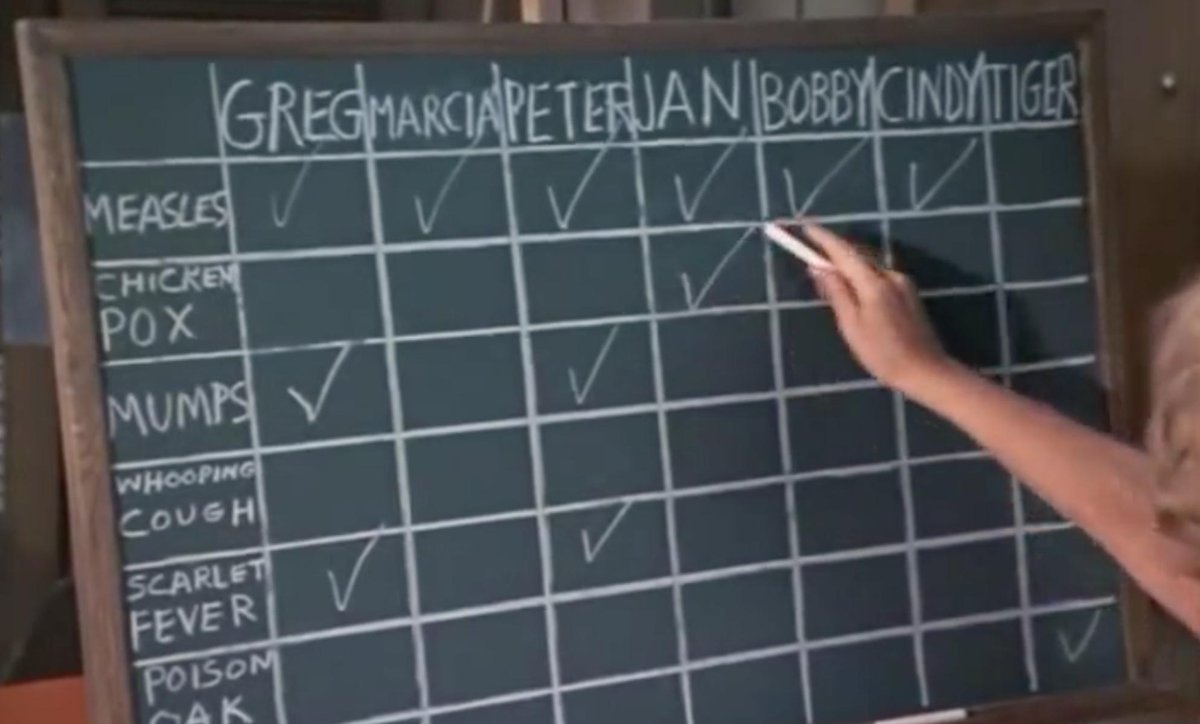
Another child writes a letter to the editor about missing out on the Christmas concert because he had #measles. Not a word about the illness, symptoms, fears, or anything other than disappointment at missing the concert—a common theme. 
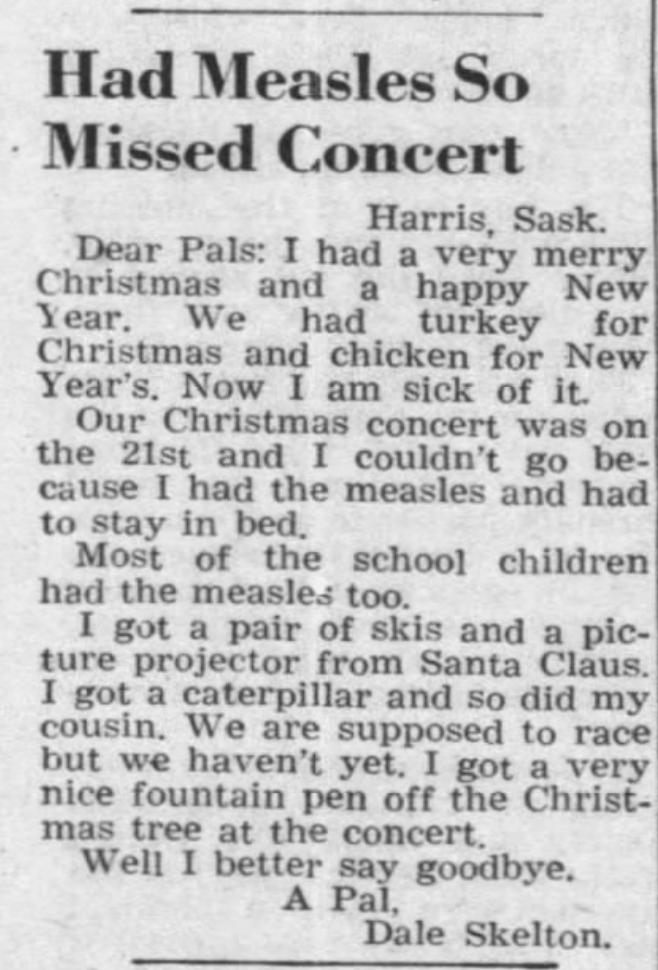
In this Donald Duck comic strip, they joke about someone who had #measles and mumps at the same time.
Why were they so unafraid of these infections before vaccines were available?
Why were they so unafraid of these infections before vaccines were available?

Prince Charles, age 12, and heir to the Royal Throne, gets #measles.
"...it is expected the illness will run its usual course."
Why weren't they terrified?
"...it is expected the illness will run its usual course."
Why weren't they terrified?
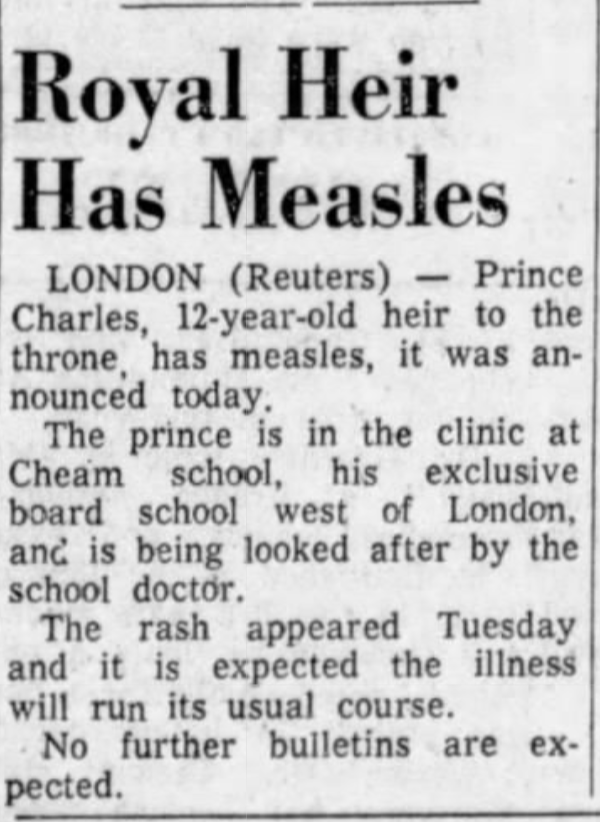
In "Gordo," this father-to-be shows fright at a list of childhood diseases. His wife, who knows better, steadies his nerve. 
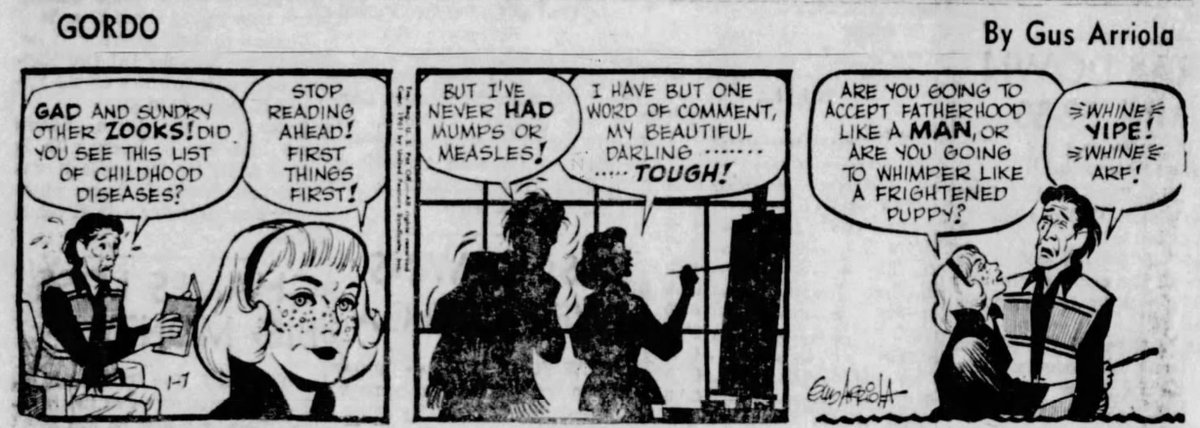
In this 1956 "Etta Kett" strip, they make light of how many people one person was able to infect with measles.
How could they laugh at such a serious disease? Were they ignorant to what was going on before their very eyes?
How could they laugh at such a serious disease? Were they ignorant to what was going on before their very eyes?

Quarantine was a monotonous reality of a measles outbreak, but in this 1956 "Smokey Stover" strip, making fun of someone's measles isolation was fair game.
Does this seem like a disease people were seriously afraid of?
Does this seem like a disease people were seriously afraid of?
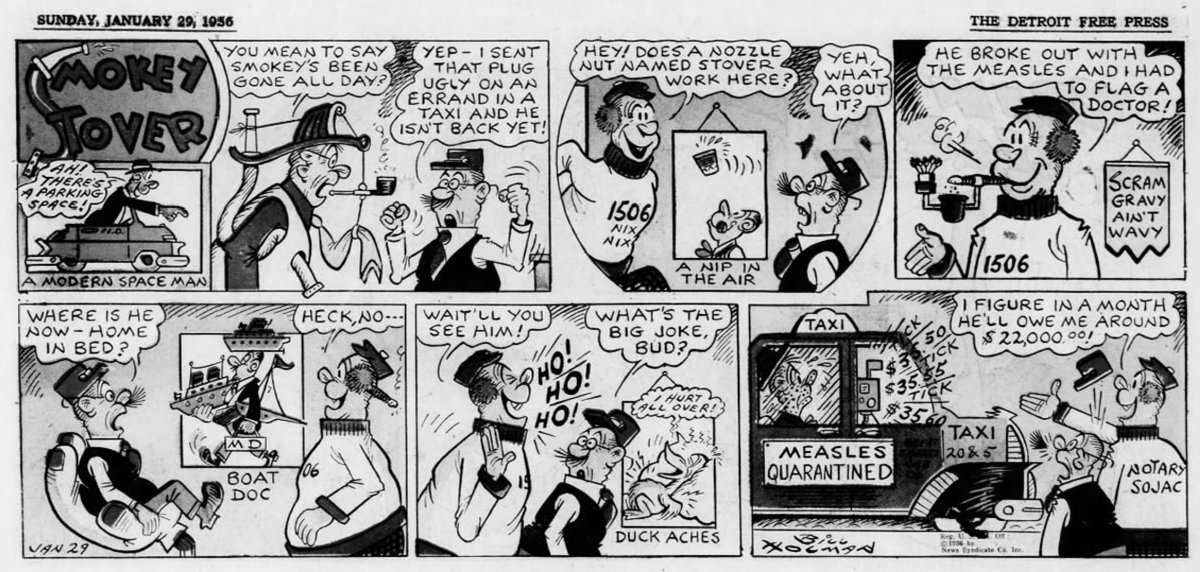
In this episode of the Walter's, the youngest thinks her sister's boyfriend has the measles and asks for him to be sent home. Back then, people knew how to recognize the signs of measles and valued isolation and quarantine—of those who were infected. 

In this 1960s "Life's Like That," they joke about how one boy infected the whole class—including the teacher.
Was humor just a coping mechanism for a terrifying disease they had no answers for? Were they just ignorant?
Or was it they didn't fear measles before the vaccine?
Was humor just a coping mechanism for a terrifying disease they had no answers for? Were they just ignorant?
Or was it they didn't fear measles before the vaccine?

Telling 1961 article about German measles (Rubella) and pregnancy. The main reason we vaccinate for Rubella is to protect women from the illness during pregnancy, when it can cause problems with the baby.
Before the vaccine, doctors tried to comfort & minimize the dangers.
Before the vaccine, doctors tried to comfort & minimize the dangers.

Here's another article about Rubella from the SAME doctor, just over ten years later in 1972—AFTER a Rubella vaccine was available.
Notice how differently he describes Rubella from the previous article. Rather than comforting pregnant women, he now creates fear & panic.

Notice how differently he describes Rubella from the previous article. Rather than comforting pregnant women, he now creates fear & panic.
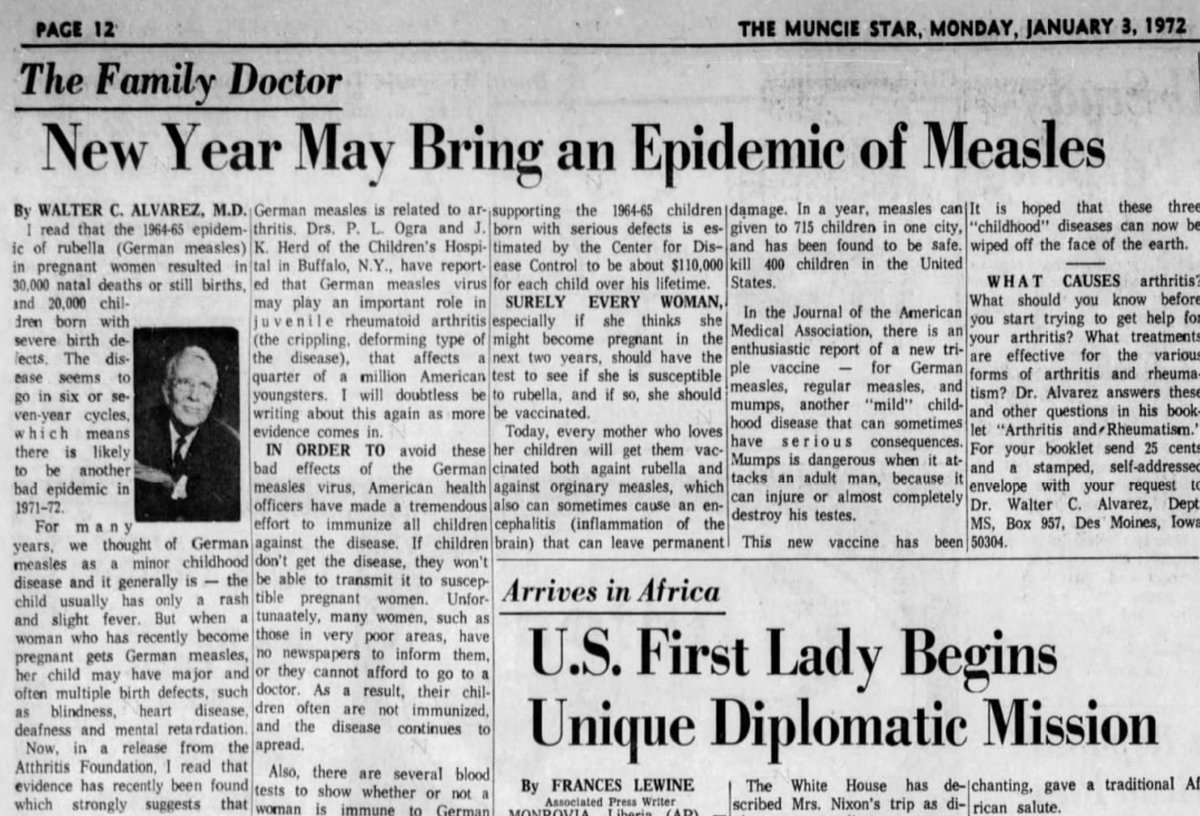

Same doctor again in 1973, TWO years after the Rubella vaccine was licensed. Notice the shift in tone. An even more blatant attempt to terrify—this time much more succinct.
Many diseases follow this exact pattern:
"Don't be concerned" before the vaccine.
"Be terrified" after.

Many diseases follow this exact pattern:
"Don't be concerned" before the vaccine.
"Be terrified" after.
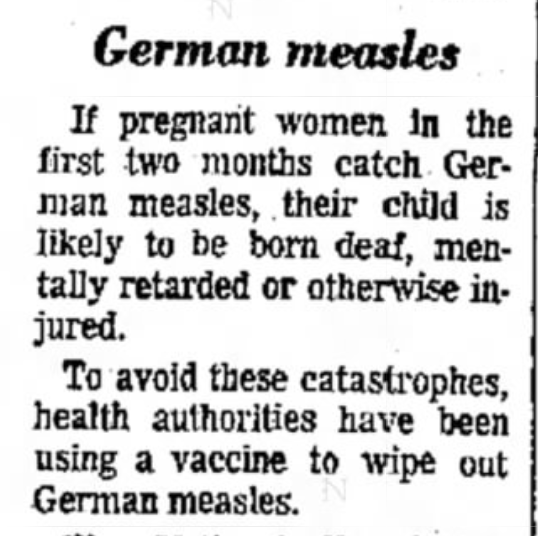

Once the fear-mongering has died down, doctors often enter Phase 2 of vaccine propoganda: Promises of eradication.
This article was written in 1984, imploring the continued use of the Rubella vaccine not due to fear, but a civic duty to help eradicate a terrible disease.
This article was written in 1984, imploring the continued use of the Rubella vaccine not due to fear, but a civic duty to help eradicate a terrible disease.

Here's a 1963 article about the new measles vaccine. Because there was so little fear of a measles infection, many went straight to Phase 2: promises of eradication.
Note how confident they were the polio vaccine would eradicate polio, just years after its introduction.
Note how confident they were the polio vaccine would eradicate polio, just years after its introduction.

Here's a Peanuts comic strip from 1967, after the measles vaccine became available.
Linus complains the doctor thinks he's a dart board because he's getting too many shots.
Wonder what he'd think of the 800 shots a child gets today?
Linus complains the doctor thinks he's a dart board because he's getting too many shots.
Wonder what he'd think of the 800 shots a child gets today?

Another 1967 Peanuts comic strip where Linus shows a lack of fear about measles. Lucy, ever the bossy, annoying "fussbudget," lets her brother know what she thinks.
Don't be a Lucy. Be a Linus.
Don't be a Lucy. Be a Linus.

• • •
Missing some Tweet in this thread? You can try to
force a refresh



